We know that zippers are used in various applications, from clothing to bags and even tents. Therefore, it’s important to know how to measure zipper size properly, whether you’re replacing an old one or making a new garment.
By knowing how to measure zipper size correctly, you can ensure that you get the right fit and avoid any sewing mishaps.
Contents
- 1 Overview of the steps to properly measure zipper size
- 2 Types of Zippers
- 3 Measuring Zipper Teeth Width
- 4 Measuring Zipper Tape Width
- 5 Tools needed for accurate measurement
- 6 Tips for ensuring accurate measurement
- 7 Determining Zipper Length
- 8 Checking Zipper Size Compatibility
- 9 How to check if a particular zipper size is compatible with your project or garment
- 10 Factors That May Affect Compatibility
- 11 why it’s important to measure zipper size correctly:
Overview of the steps to properly measure zipper size
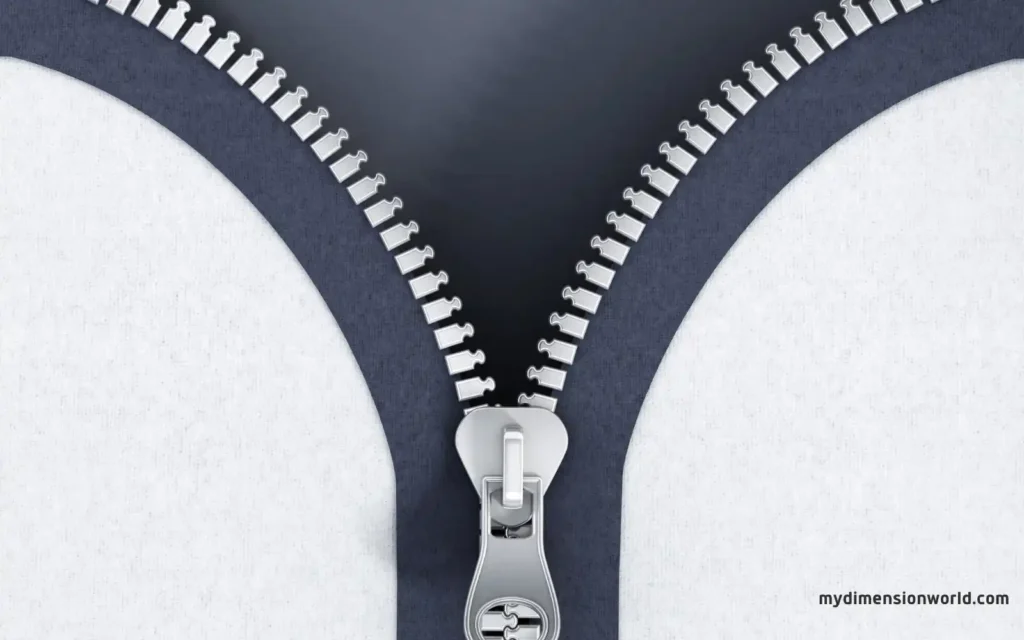
Properly measuring a zipper involves these three basic steps:
- Measuring the width of the teeth
- Measuring the width of the tape
- Determining the length required
Each step requires accuracy and patience for a perfect outcome.
In this article, we’ll go through each step in detail and give tips on how best to approach each task.
Types of Zippers
Different types of zippers and their uses
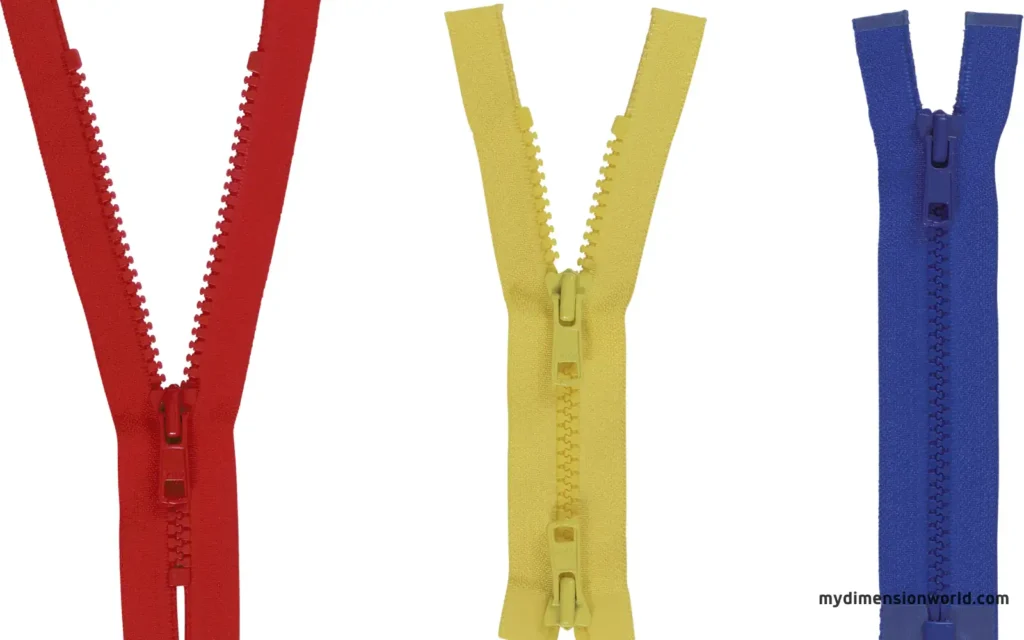
Zippers come in various types and sizes, each designed for specific uses. The most common types of zippers are coil, metal, plastic-molded, and invisible.
Coil zippers are made out of nylon or polyester coils sewn onto the zipper tape. They are commonly used in sportswear, outdoor gear, tents, and backpacks.
Metal zippers use individual metal pieces that interlock to form a chain. They are often used in jeans, jackets, bags, and even shoes.
Plastic-molded zippers have teeth molded onto the zipper tape with plastic material.
They are often used in luggage bags, soft-sided coolers, and duffle bags.
Finally, invisible zippers have their teeth hidden behind the zipper tape for a seamless appearance. They are popularly used in formal dresses or skirts.
Measuring Zipper Teeth Width
Step-by-step instructions on how to measure the width of the zipper teeth
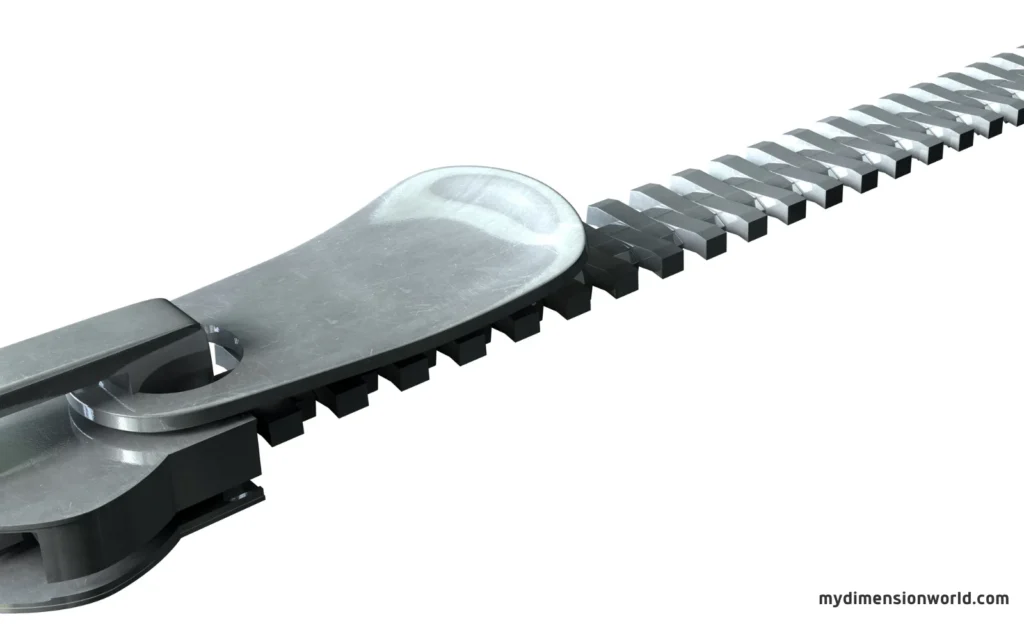
To measure the width of zipper teeth, you will need a measuring tape or ruler with millimeters or fractions of an inch marking.
Start by laying the zipper flat on a table and identifying one tooth from its base to its tip.
Next, place your measuring tool at the center of this tooth and measure its width.
Note: different types of zippers can have varying widths.
For example, zippers used in bags and tents tend to have wider teeth than those used in clothing.
Therefore, ensure that you are measuring the correct type before taking measurements.
Tools needed for accurate measurement
Use an appropriate tool to accurately measure the width of a zipper’s teeth. A flexible tape measure or ruler with metric or imperial measurements is recommended for consistent measurement reading throughout.

Tips for ensuring accurate measurement
Here are some tips to help you ensure you measure correctly:
1. Ensure you hold your measuring tool at a 90-degree angle against the tooth when taking measurements.
2. Measure multiple teeth across different zipper parts and take an average reading.
3. Take several readings until you are confident that they’re consistent
4. Always double-check your measurements against manufacturer guidelines before making any purchases.
Accurately measuring zipper size is essential when replacing them in garments or creating new ones from scratch – especially if buying replacement zippers online – as it ensures compatibility with various projects and proper functionality over time..
Measuring Zipper Tape Width
Step-by-step instructions on how to measure the width of the zipper tape
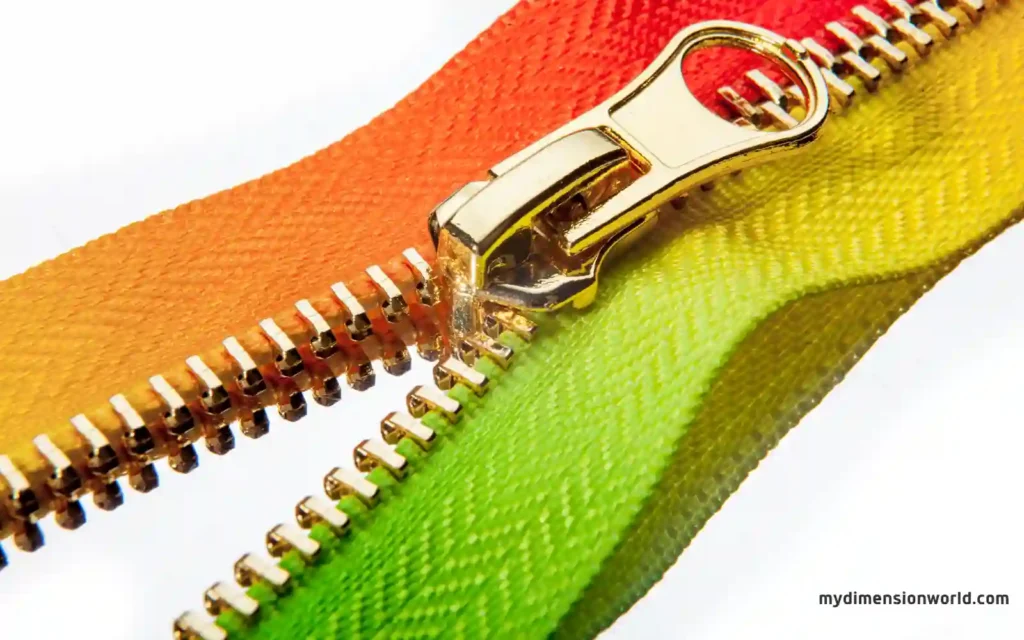
The width of the zipper tape is an essential element in determining the size of a zipper.
To measure it accurately, lay the zipper flat on a surface. Then, place your measuring tape at one end of the tape, right where the teeth begin.
Measure across to the other side where the teeth end. Ensure that you do not include any part of the teeth when measuring because this can lead to inaccuracies in your measurements.
You should also remember that some zippers have wider or narrower tapes than others due to their intended use.
Tools needed for accurate measurement
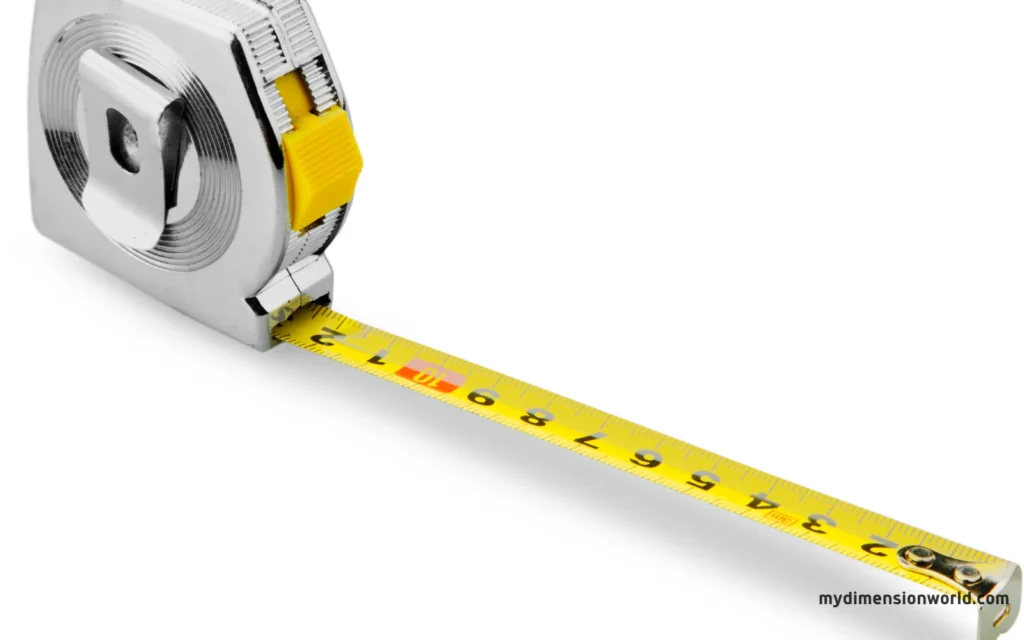
To get accurate measurements of a zipper’s tape width, you will need a few tools, including a measuring tape or ruler and preferably a magnifying glass if your eyesight isn’t great.
Ensure that your measuring tool is properly aligned with one side of the tape when taking measurements to avoid incorrect measurements.
Tips for ensuring accurate measurement
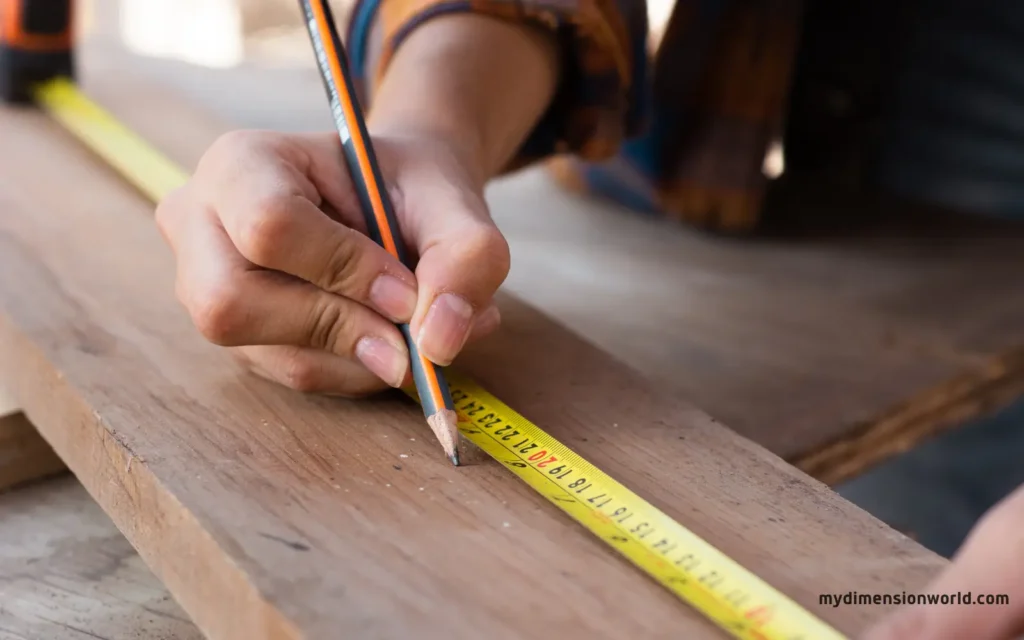
Here are some tips to ensure accuracy when measuring zipper tape width:
1. Use a magnifying glass: Magnification can help you see small details more clearly and ensure precise measurements.
2. Place the tape at an angle: You can also take measurements from an angle instead of head-on, which helps you see individual threads and avoid errors caused by folds or wrinkles in the fabric.
3. Confirm your results: Ensure you check your result against another measurement taken from different locations along with the same length and check other similar zippers’ sizes for verification purposes.
Determining Zipper Length
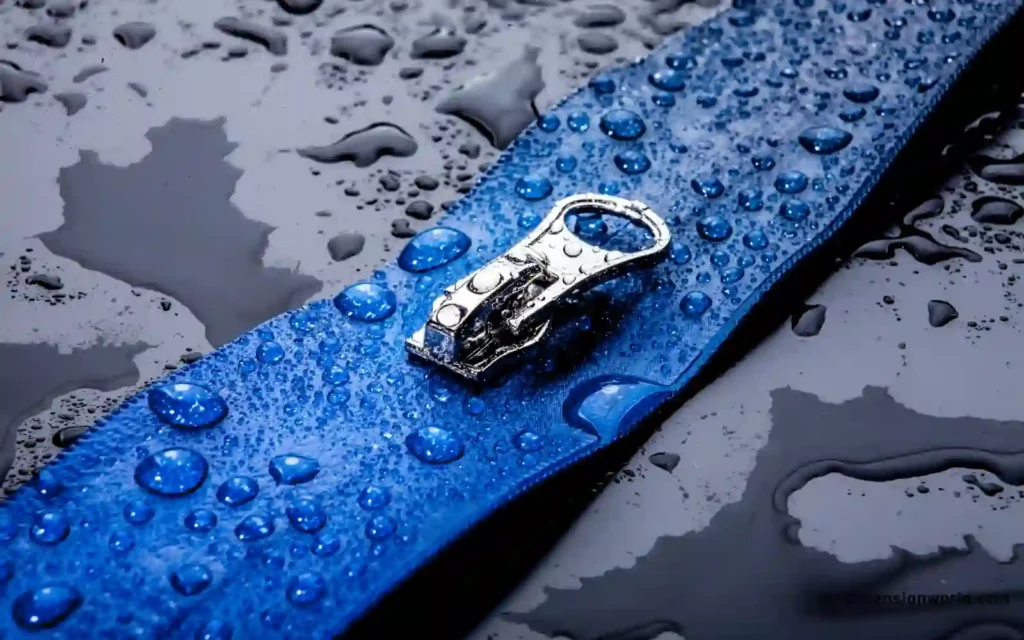
Determining length is one of the most important aspects of measuring a zipper. When selecting a zipper for your project, choosing one that fits the specific length you need is crucial. Measuring the zipper length accurately is critical to avoid any issues with fitting or functionality.
Step-by-step instructions on how to determine the length of a zipper
To determine the correct length of a zipper, start by measuring from the top stop (the metal or plastic piece that prevents the slider from coming off) down to the bottom stop (the metal or plastic piece at the opposite end).
If your zipper has no stops, measure down to where you want it to end.
It’s essential to use a flexible tape measure when taking measurements. Place one end of the tape measure at one end of your zipper and stretch it out firmly along its entire length until reaching its other end.
Then, round up this measurement to find a corresponding standardized size. For example, if you measure 10 inches, you’ll purchase an 11-inch zipper.
Tools needed for accurate measurement
The most crucial tool for accurately measuring zipper length is a flexible tape measure.
A ruler or hard tape is not recommended because they won’t provide accurate measurements when dealing with curved surfaces like zippers.
Tips for ensuring accurate measurement
- Measure twice before ordering – Double-checking helps ensure you have taken an accurate measurement before purchasing your zippers.
- Round up – Always round up when selecting your desired size to fit your project correctly.
- Check manufacturer guidelines – Some manufacturers may have specific instructions on how to measure their zippers accurately, so be sure to check their guidance.
- Be mindful of the zipper stops – Remember to include the size of the top and bottom stops if present when measuring your zipper. These pieces are essential to ensure that the slider doesn’t come off, so it’s crucial to include them in your measurement.
Checking Zipper Size Compatibility
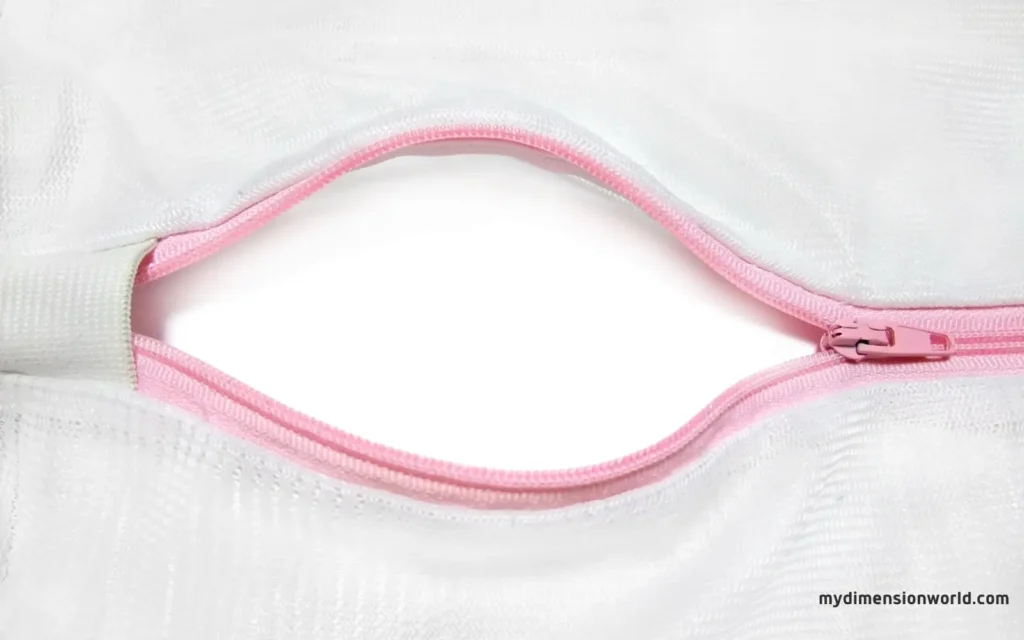
Measuring the size of a zipper is only half the battle. The next important step is checking if the measured size matches your project or garment. Using a wrongly sized zipper can lead to awkward fits and even damage your garment.
To avoid such issues, here are some tips on how to check zipper size compatibility:
How to check if a particular zipper size is compatible with your project or garment

The first step in checking compatibility is knowing what size of zipper you need for your project or garment.
This involves measuring the width and length of the area where you intend to sew the zipper. Once you have this measurement, compare it with the measurements of your selected zipper.
If there is an exact match between your measurement and that of the zipper, then you are in luck, as it means that the chosen zipper will fit perfectly onto your garment.
However, if there’s no exact match, consider going slightly higher or lower in sizes depending on how much leeway you have regarding seam allowances and extra fabric.
Factors That May Affect Compatibility
Sometimes, measuring alone isn’t enough to ensure compatibility between a selected zipper and a specific project or garment.
One factor that may affect compatibility is color. While not directly related to sizing, choosing a contrasting color can make any mismatches between measurement and actual fit more noticeable. Therefore, take into account any color preferences before purchasing a new zipper.
The second factor that may affect compatibility is strength versus durability requirements for heavy-duty applications such as backpacks versus lighter fabrics like cotton shirts.
Water resistance might be a third factor that may affect compatibility when dealing with zippers for outdoor gear and clothing items meant for harsh weather conditions.
In such cases, you may need to consider purchasing special waterproof zippers designed to keep water out of seams and prevent moisture from seeping in.
Additionally, the type of zipper can also affect compatibility. For example, a metal zipper may not be ideal for a lightweight fabric as it might add too much weight or cause snags.
Always consider the intended use of the garment when selecting a zipper size.
For instance, if you’re making a skirt meant for regular wear and tear, you might want to use a smaller zipper size than if you were making an outdoor jacket that may be subjected to more rigorous activities.
Choosing the right-sized zipper is crucial in ensuring an excellent fit and longevity of your project or garment. By following these guidelines on how to check zipper size compatibility and taking into account any factors that might affect it, you’ll increase your chances of getting it right the first time.
why it’s important to measure zipper size correctly:
Measuring zipper size correctly is essential to ensure that the zipper will fit and function properly in your garment or project.
An incorrectly sized zipper can result in a range of problems, from difficulty in zipping up to an unflattering fit.
Therefore, measuring your zipper size thoroughly will save you time and frustration in the long run.
Final tips and reminders:
When measuring your zipper size, it’s important to remember a few key tips and reminders.
Firstly, always ensure that you are measuring the correct parts of the zipper – the teeth width, tape width, and length.
Secondly, use accurate measurement tools such as a ruler or caliper for precise measurements. Thirdly, double-check your measurements before purchasing a new zipper or beginning your project. Additionally, it’s important to consider compatibility when choosing a new zipper for your project.
Not all zippers are created equal – some may not be strong enough for heavier fabrics or may not be suitable for certain types of clothing, such as jackets or pants.
